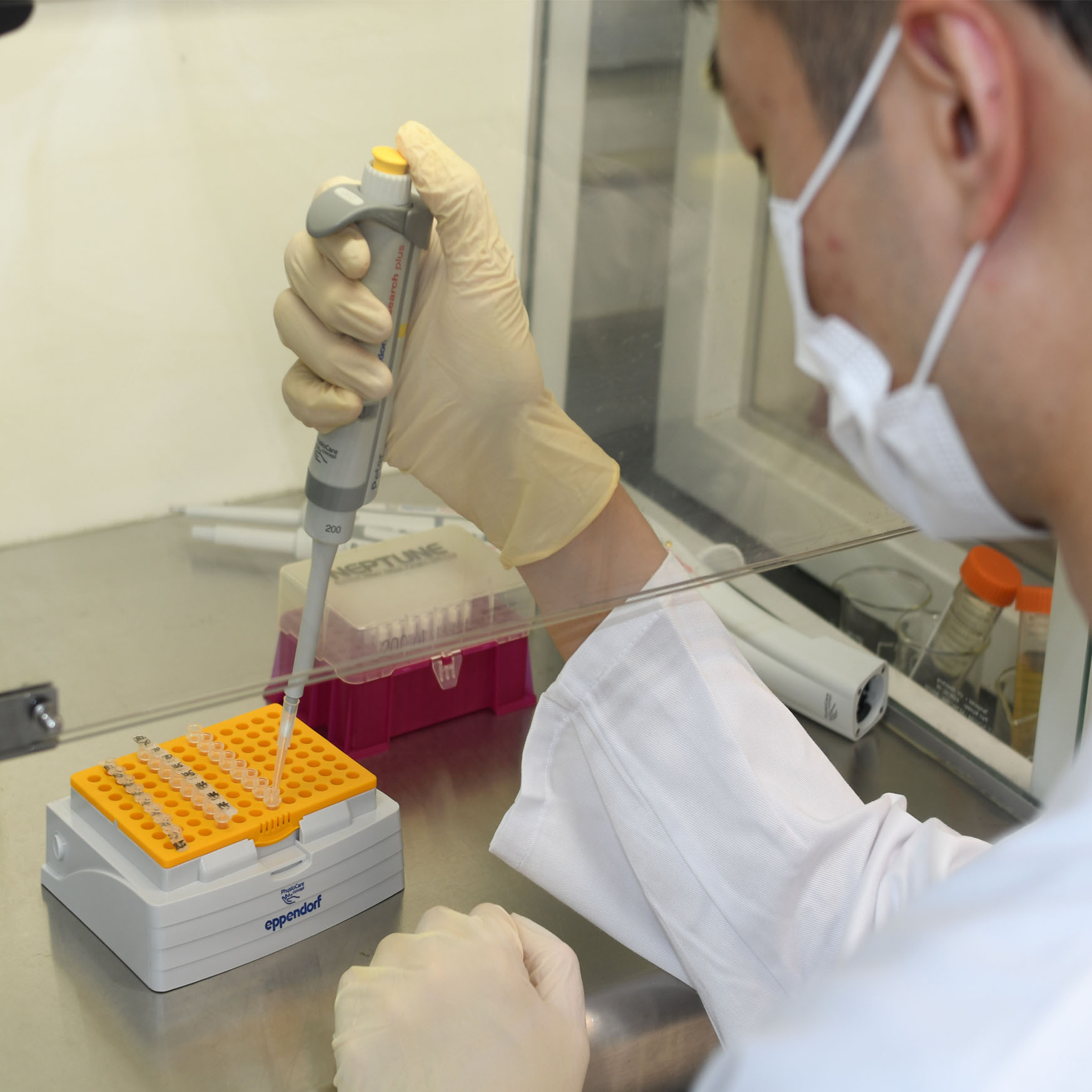Merging art and science to help conserve Hong Kong’s Incense Trees
It is estimated that at least 20% of all species on Earth now face extinction, with as many as 150 species being permanently expunged from the world’s biological inventory every day. We urgently need creative solutions to help halt this devastating decline, and one of the best ways to achieve this is by bringing together diverse people from different backgrounds and with different expertise to foster new, forward-looking collaborations.
For example, scientific research can help us understand how the environment supports the lives of different plants and animals, as well as inform us about suitable, sustainable interventions that are likely to lead to better protection of endangered species and their habitats. Equally, the creative arts provide novel opportunities for people to engage with the natural world, prompting us to think carefully about how our behaviour affects the world around us. But when scientists and artists work together, their combined impact can be far more than the sum of the constituent parts in elevating public understanding of nature and promoting behaviour change for its conservation.
This kind of cross-pollination is perfectly exemplified by a blossoming collaboration between scientists and artists at Kadoorie Farm and Botanic Garden (KFBG) who have set out to save Hong Kong’s Incense Tree (Aquilaria sinensis), an iconic local tree species that is threatened by poaching.
Since 2017, KFBG has been researching the ecology and genetic diversity of the Incense Tree in a joint project with the University of Hong Kong. As a large number of mature Incense Trees have been cut down in Hong Kong and neighbouring parts of South China in recent years for the valuable agarwood they contain, the remaining younger trees become all the more important in ensuring that the species remains resilient in the face of both ongoing attack by poachers and other increasingly frequent natural threats, such as outbreaks of pests and diseases, as well as climate change. Edwin Kwok, a KFBG-funded PhD student, surveyed over 1,000 individuals in Hong Kong to produce a unique genetic fingerprint for every single plant. The resulting data have shed light on the species’ capacity to survive the recent waves in poaching and the action that needs to be taken in order to protect the most vulnerable populations.
 |
Edwin Kwok, a PhD student at the University of Hong Kong, working with DNA samples from Incense Trees in KFBG’s Conservation Genetics Laboratory |
Meanwhile, PhD student Cheng Yang and professor of creative media Ryo Ikeshiro of City University of Hong Kong are collaborating with KFBG ecologists Huarong Zhang and Stephan Gale to explore the sensory reverberations of Incense Tree life cycles. In all weathers, rain or shine, Cheng is observing and documenting the lives of Incense Trees by taking photos, making drawings and recording their soundscapes. She is particularly interested in using different media to show where Incense Trees grow and how they perceive environmental cues, such as heat, cold and wounding. To this end, she is experimenting with the use of sound to create images that illustrate Incense Trees, as well as their interactions with the forests in which they grow and the humans with whom they must coexist, in a more figurative sense. Cheng is also keen to develop new ways of expressing Incense Tree genetic fingerprints using the creative arts.

A thought-provoking interchange between scientific research and the creative arts offers exciting prospects for the conservation of Hong Kong’s biodiversity, including the Incense Tree. KFBG hopes to inspire a more comprehensive and innovative approach to harmonising society’s relationship with nature by bringing together people with different perspectives and skillsets.

